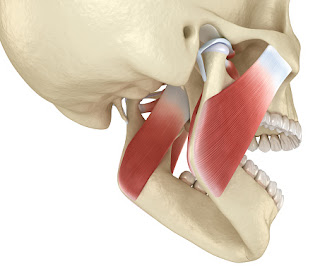The Carpal Tunnel Syndrome
Carpal tunnel syndrome is caused by pressure on the median nerve. The carpal tunnel is a narrow passageway surrounded by bones and ligaments on the palm side of your hand. When the median nerve is compressed, the symptoms can include numbness, tingling and weakness in the hand and arm. The anatomy of your wrist, health problems and possibly repetitive hand motions can contribute to carpal tunnel syndrome.
Proper treatment usually relieve carpal tunnel syndrome and restores wrist and hand function
Symptoms
Carpal tunnel syndrome symptoms usually start gradually and include:
Tingling or numbness. You may notice tingling and numbness in your fingers or hand. Usually the thumb and index, middle or ring fingers are affected, but not your little finger. You might feel a sensation like an electric shock in these fingers.
The sensation may travel from your wrist up your arm. These symptoms often occur while holding a steering wheel, phone or newspaper, or may wake you from sleep.
Many people shake their hands to try to relieve their symptoms. The numb feeling may become constant over time.
Weakness. You may experience weakness in your hand and drop objects. This may be due to the numbness in your hand or weakness of the thumb's pinching muscles, which are also controlled by the median nerve.
Causes
Often, people don't know what brought on their carpal tunnel syndrome. It can be due to:
Repetitive motions, like typing, or any wrist movements that you do over and over. This is especially true of things you do when your hands are lower than your wrists.
Conditions like hypothyroidism, obesity, rheumatoid arthritis, and diabetes
Pregnancy
Diagnosis and Tests
Your doctor may tap the palm side of your wrist, a test called Tinel sign, or fully flex your wrist with your arms extended. They might also do tests including:
Imaging tests. X-rays, ultrasounds, or MRI exams can let your doctor look at your bones and tissues.
Electromyogram. Your doctor puts a thin electrode into a muscle to measure its electrical activity.
Nerve conduction studies. Your doctor tapes electrodes to your skin to measure the signals in the nerves of your hand and arm.
Treatment
Your treatment will depend on your symptoms and how far your condition has progressed. You might need:
Lifestyle changes. If repetitive motion is causing your symptoms, take breaks more often or do a bit less of the activity that’s causing you pain.
Exercises. Stretching or strengthening moves can make you feel better. Nerve gliding exercises can help the nerve move better within your carpal tunnel.
Immobilization. Your doctor may tell you to wear a splint to keep your wrist from moving and to lessen pressure on your nerves. You may wear one at night to help get rid of that numbness or tingling feeling. This can help you sleep better and rest your median nerve.
Medication. Your doctor may give you anti-inflammatory drugs or steroid shots to curb swelling.
Surgery. If none of those treatments works, you might have an operation called carpal tunnel release that increases the size of the tunnel and eases the pressure on your nerve.
See your doctor if you have signs and symptoms of carpal tunnel syndrome that interfere with your normal activities and sleep patterns. Permanent nerve and muscle damage can occur without treatment.




Comments
Post a Comment